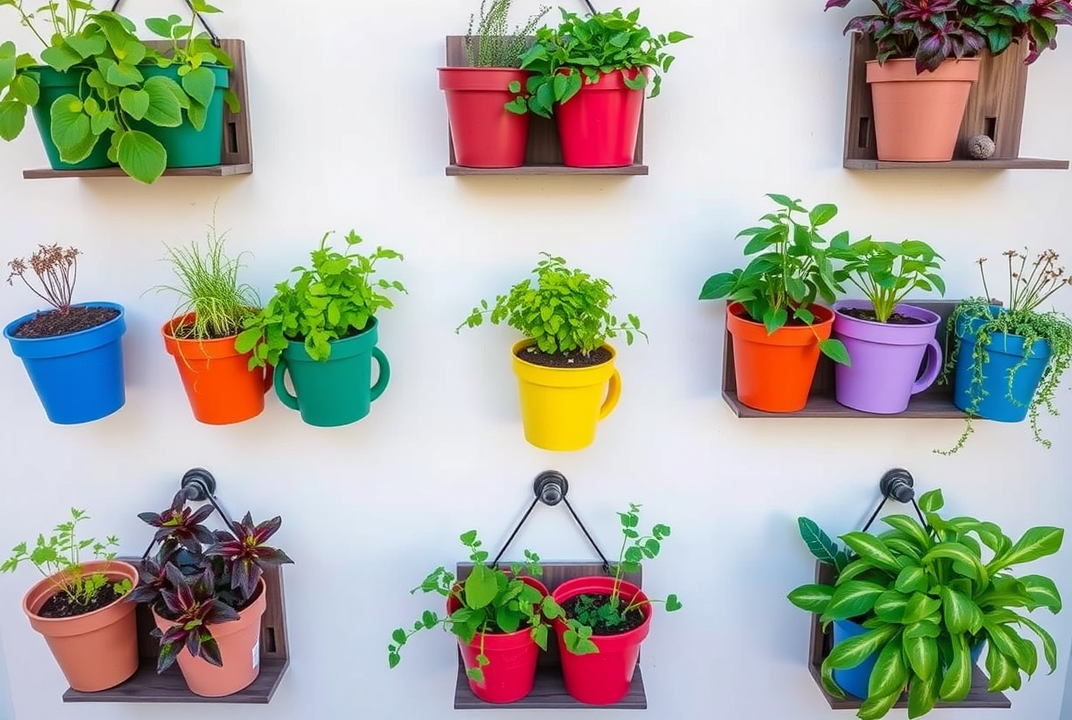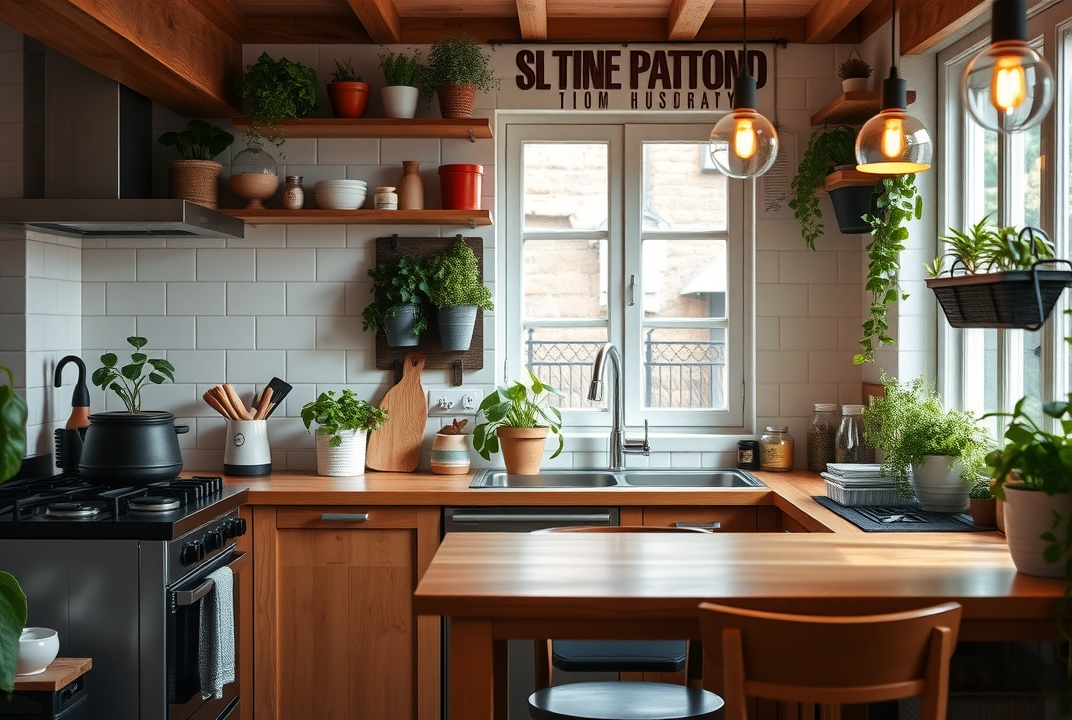Exploring Vertical Herb Gardens: A Comprehensive Guide

Introduction: The Rise of Space-Saving Gardens
Did you know that vertical herb gardens can transform even the tiniest urban space into a thriving garden? With the rise in urban living, gardening enthusiasts are looking for ways to make the most of limited space, and vertical herb gardens offer an innovative solution. This article explores everything you need to know about creating and maintaining a vertical herb garden, including the benefits, design ideas, and essential tips for success.
Understanding Vertical Herb Gardens
Vertical herb gardens involve growing plants upwards, either on walls or trellises. This style not only saves space but also serves as a fantastic design element for homes or balconies.
Benefits of Vertical Herb Gardens
-
Space Efficiency: Perfect for small apartments or urban homes where traditional gardens aren't feasible.
-
Fresh Herbs at Hand: Always have fresh herbs available for cooking or medicinal uses.
-
Aesthetic Appeal: Adds greenery and beauty to indoor or outdoor spaces.
-
Improved Air Quality: Plants help in purifying the air, making your living space healthier.
Designing Your Vertical Herb Garden
Choosing the Right Location
Identify a location with the right amount of sunlight needed for your chosen herbs—usually 4-6 hours of direct sunlight. Consider both indoor and outdoor options depending on your space availability.
Selecting Suitable Herbs
When choosing herbs for a vertical garden, consider growth patterns, space needed, and your personal preferences. Common choices include:
-
Basil: Perfect for cooking, needs ample sunlight.
-
Mint: Easy to grow and adds freshness to drinks.
-
Thyme: Hardy and versatile, suitable for various dishes.
-
Chives: Quick-growing with a mild onion flavor.
Creating the Structure
There are various options to build a vertical garden:
-
DIY with Pallets: Using old pallets as the frame offers a rustic and recycled touch.
-
Wall Planters: Pockets or pots attached to walls add a sleek look.
-
Ladder Planters: Leaning a ladder and using its steps to hold pots.

How to Maintain a Vertical Herb Garden
Maintaining a vertical herb garden involves regular watering, pruning, and pest management.
-
Watering: Ensure even watering, as vertical systems can dry out quicker.
-
Feeding: Apply suitable fertilizers to promote healthy growth.
-
Pruning: Regular trimming encourages new growth and prevents overcrowding.
-
Pest Control: Use organic solutions to manage pests without harming the plants.
Maximizing Your Garden's Potential
Vertical Gardening in Small Spaces
Maximize your limited space by selecting compact growing systems. Hanging shelves or stacked pots use vertical space efficiently, allowing even the smallest areas to become lush with greenery.
Indoor Vertical Herb Gardens
Creating an indoor herb garden is suitable for those without outdoor space. Position near a window where sunlight is abundant. Utilize smart gardening tools to monitor water and light if budget allows.

Sustainability and Eco-Friendly Practices
Vertical herb gardens can be a part of sustainable living by using recycled materials for the structures or opting for organic farming methods.
Common Challenges and Solutions
-
Limited Sunlight: Install artificial grow lights to supplement natural light.
-
Water Management: Consider self-watering systems or regular checks to maintain moisture levels.
-
Structural Stability: Ensure the frame or wall can support the weight of the garden.
Inspiration and Success Stories
Explore stories of individuals and communities who have successfully transformed their balconies or small spaces into vertical herb havens. These case studies highlight creativity and sustainability in urban gardening.
Conclusion: Start Your Vertical Herb Journey Today!
Vertical herb gardens offer a practical and beautiful addition to any home. Whether you're a seasoned gardener or a beginner, this guide provides the tools and inspiration needed to cultivate your vertical garden effectively. Embrace the benefits of freshness, sustainability, and aesthetics by starting your vertical herb garden today.